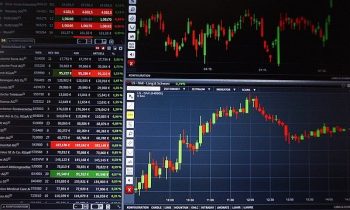After seeing its biggest monthly rally in over seven years, Goldman Sachs (GS) says it’s time to sell Asian currencies. Goldman strategist Kamakshya Trivedi, who correctly predicted that emerging markets would recover this year, says currencies in Asia are likely to resume their declines after Japan and China implement further easing, potentially pushing the yen and yuan to their weakest levels since 2008.
March’s rally was led by South Korea’s won, with an 8.2% gain. Malaysia’s ringgit saw a 7.8% advance, its biggest rally since 1998.
Exchange rates in developing nations secured their best month since 1999 as the dollar slid and commodities recovered. Asian exports, however, are still struggling, which raises speculation of a devaluation across the region.
Goldman Sachs projects that the yen will plummet 14% over the next 12 months to 130 per dollar, its lowest level since 2002. The bank also predicts a 7.4% decline in the yuan and a 12% drop in the won. Trivedi recommends shorting the won for optimal positioning as the forecasted reversal unfolds.
The bank’s prediction for the won, yen and yuan are particularly bearish. The Chinese yuan is projected to weaken 6.7 versus the dollar, while the Japanese yen is seen at 118 per dollar and the won at 1,218, according to economists.
The yuan has gained 0.45% against the dollar this year, but its nominal effective exchange rate has seen the biggest decline. When the dollar does recover, China will likely want to retain trade-weighted losses to maintain its loose monetary policy and bolster exports. As a result, the yuan will weaken against the dollar.
Further depreciation of the yuan may cause export-dependent economies to experience even more pressure and further depreciation to keep exports afloat.
The yen advanced 0.1% to 111.58 per dollar on Monday, while the won jumped 0.7% to 1,146.13.
Anthony Young
Latest posts by Anthony Young (see all)
- Samuel Nathan Kahn (Manchester, UK) – Fit to Run Finance Firm - July 31, 2021
- Quarashi’s Ticks the All the Right Boxes… Anonymously - July 16, 2021
- JETT Lifts Off in Miami Launch - July 16, 2021







